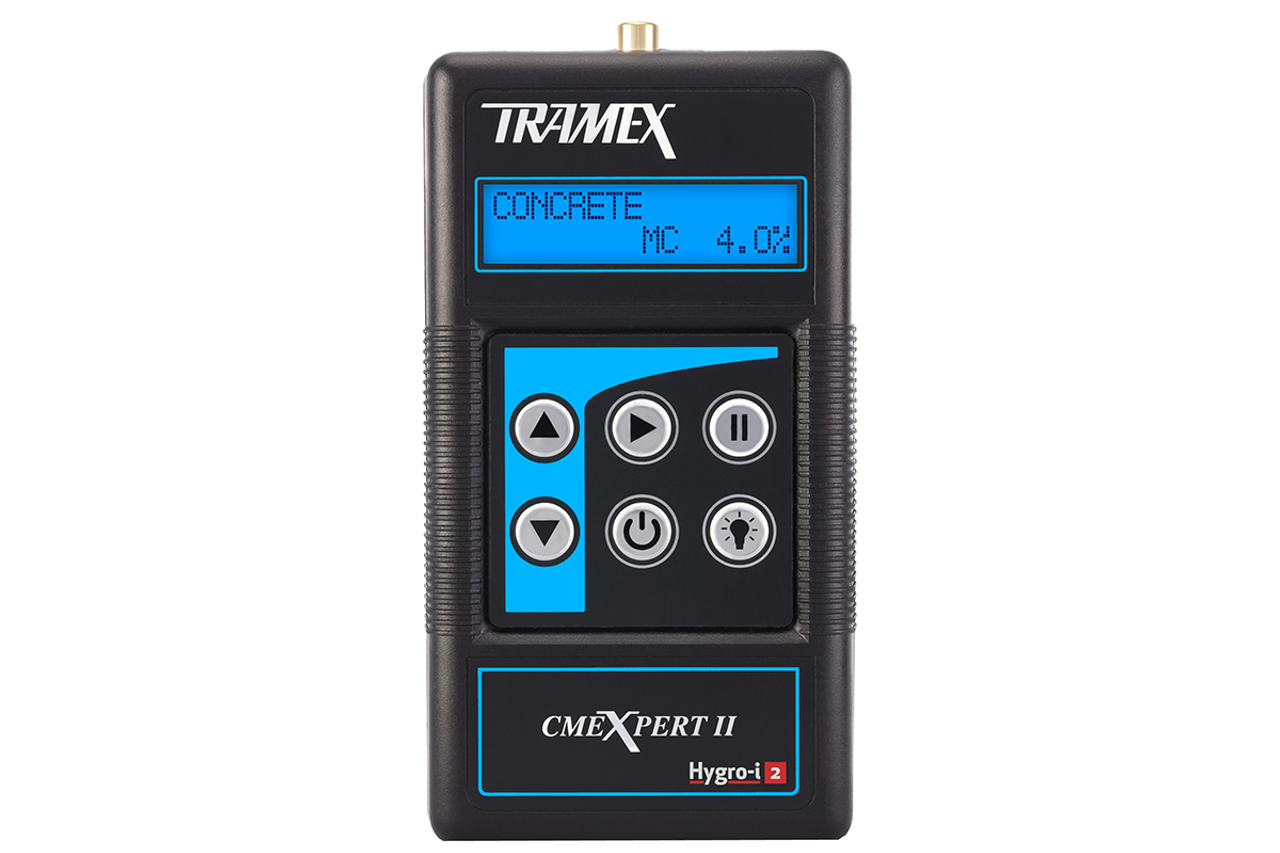Just how to Utilize a Moisture Meter to Spot Hidden Water Damages in Your Residential property
Just how to Utilize a Moisture Meter to Spot Hidden Water Damages in Your Residential property
Blog Article
The Ultimate Overview to Moisture Meters: A Comprehensive Summary and How They Can Conserve You Cash
In the world of structure maintenance, construction, and various industries, the significance of properly measuring dampness levels can not be overemphasized. Moisture meters function as indispensable devices in spotting and keeping an eye on moisture material in materials, aiding in protecting against pricey damages and making sure the quality of items. Understanding the subtleties of various sorts of moisture meters, their applications, and the potential cost-saving advantages they offer can be a game-changer for organizations and professionals alike. Discovering how these tools can not only streamline processes but likewise add to economic savings is a trip worth starting.
Kinds of Moisture Meters
One usual kind is the pin-type dampness meter, which determines the electric resistance between two pins put right into a product. Pinless moisture meters, on the various other hand, usage electro-magnetic sensing unit plates to scan a bigger location without causing damages to the product's surface.
Infrared wetness meters gauge the thermal homes of a material to identify its dampness content non-invasively, making them valuable for applications where pin or pinless meters might not be appropriate. Comprehending the various types of wetness meters available can help industries select the most proper tool for their specific moisture measurement demands.

Advantages of Making Use Of Moisture Meters

Furthermore, using wetness meters can lead to boosted energy efficiency. In farming settings, moisture meters play a vital function in maximizing plant returns by allowing farmers to keep an eye on dirt dampness levels and make informed watering choices.
Exactly How to Select the Right Moisture Meter
Picking the proper dampness meter entails thinking about vital factors such as product compatibility, dimension variety, and calibration precision. When picking a dampness meter, it's vital to make sure that the meter appropriates for the details material you will be testing. Different materials have differing electrical properties that can affect dampness readings, so selecting a meter designed for your material is crucial for accurate outcomes. Furthermore, think about the dimension variety of the wetness meter. Guarantee that the meter can identify dampness levels within the array required for your applications. Calibration accuracy is another essential aspect to keep in mind (Moisture Meter). Decide for a wetness meter with trustworthy calibration to make certain exact and consistent analyses. Some meters may require periodic calibration modifications, so recognizing the calibration procedure is important. By carefully evaluating these variables, you can choose a dampness meter here are the findings that satisfies your demands and offers exact dampness measurements for your tasks.
Correct Methods for Moisture Meter Usage
To make sure exact dampness readings and optimize the performance of a moisture meter, utilizing correct strategies is important. When utilizing a pin-type moisture meter, insert the pins or probes right into the material being evaluated up until they make full call. By adhering to these correct techniques, individuals can depend on their dampness meter to supply credible wetness degrees, assisting in preventing costly damages or making sure top quality in different applications.

Cost Financial Savings Via Moisture Meter Applications
Just how can the critical utilization of wetness meters lead to substantial expense financial savings across various markets? In the agriculture sector, wetness meters aid in identifying the optimum time for gathering plants, avoiding excess or over-drying dampness that can impact the final product's high quality.

In addition, in the food handling industry, moisture meters are vital for monitoring item top quality and making sure conformity with safety guidelines. By properly gauging dampness material in food items, suppliers can stop spoilage, keep quality, and minimize waste, causing considerable price savings. In general, the critical application of dampness meters is a beneficial financial investment that can lead to considerable cost reductions and boosted performance throughout different sectors.
Conclusion
Finally, wetness meters are valuable devices for gauging and discovering wetness levels in various products. By using the appropriate dampness meter and adhering to proper strategies, users can successfully protect against expensive problems triggered by excess wetness. Spending in a high quality wetness meter can bring about significant expense savings over time by recognizing i was reading this potential issues at an early stage and enabling prompt remediation. Ultimately, dampness meters are crucial instruments for keeping the stability and durability of materials and frameworks.
Moisture meters offer as indispensable tools in spotting and keeping track of moisture material in materials, helping in preventing costly damages and guaranteeing the high quality of products. Infrared moisture meters determine the thermal homes of a material to establish its dampness material non-invasively, making them valuable for applications where pin or pinless meters might published here not be ideal.Moisture meters provide indispensable advantages in properly analyzing and checking dampness degrees in diverse materials and settings. In agricultural setups, moisture meters play a crucial function in maximizing plant yields by allowing farmers to check soil dampness degrees and make informed irrigation decisions.In final thought, dampness meters are useful tools for gauging and detecting wetness levels in various products.
Report this page